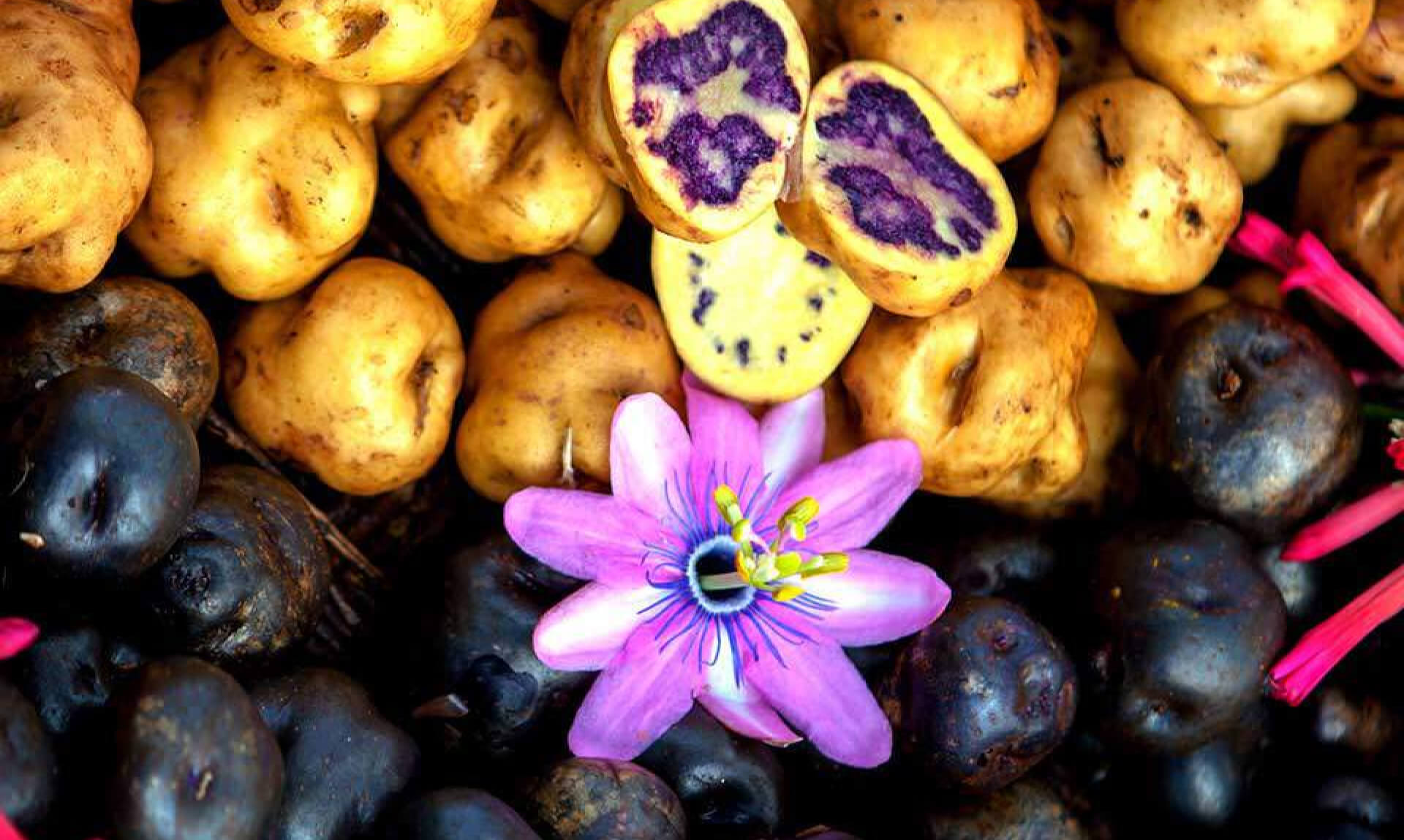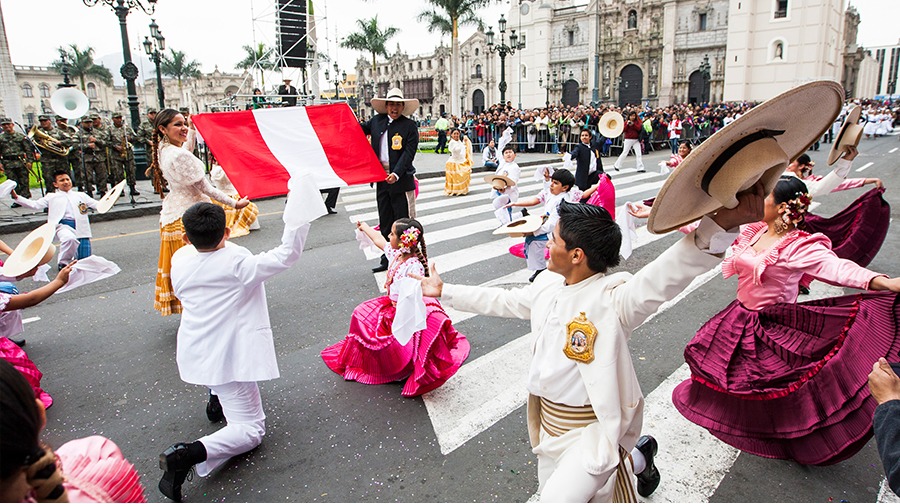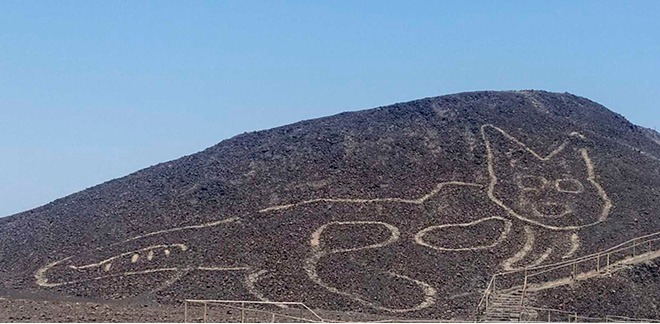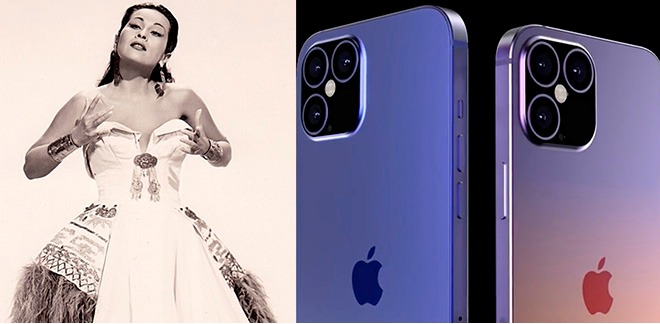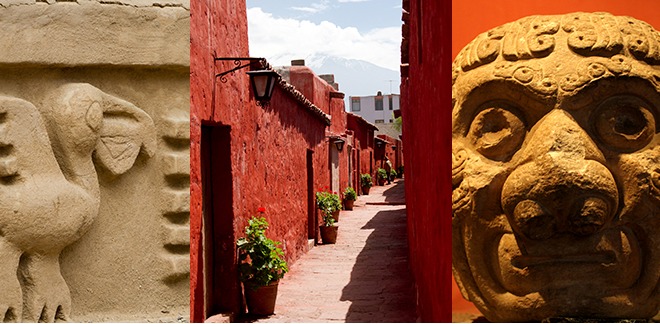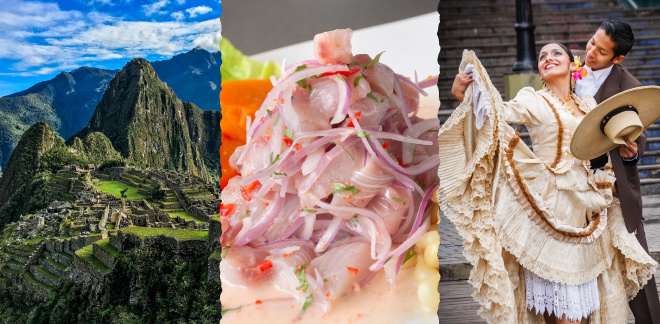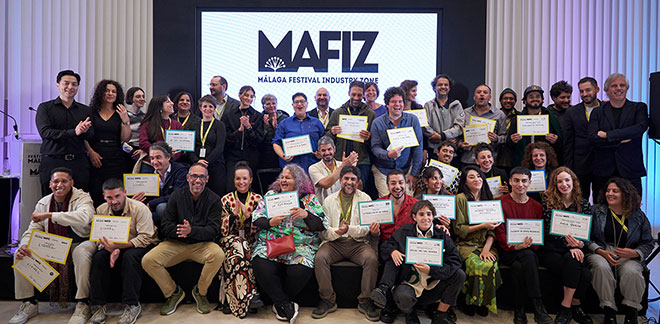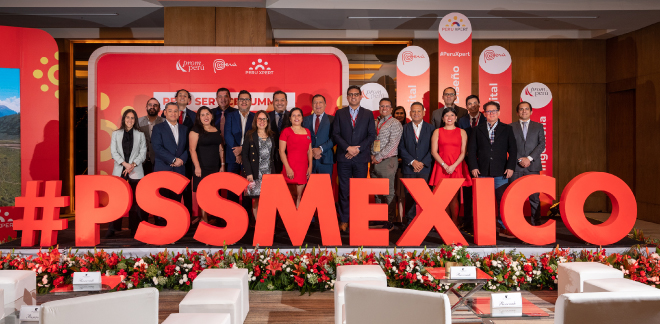Folkloric dances of Peru
Síguenos en:Google News
The customs and traditions of Peru are part of a living culture, and its dances are expressions of this culture. Peruvian dances are characterized by the mysticism and passion that each dancer brings to the stage, in addition to their colorful costumes and lively choreographies.
Outlined below are the most representative folkloric dances of Peru:
The Marinera
Elegance, strength, playfulness and gallantry are the main characteristics of the Peruvian Marinera, which has different versions, such as the norteña, limeña, arequipeña y puneña. The couples flirt in the dance, creating a love scene between the man and the woman. With his hat in his hand, the man uses a handkerchief to woo the woman, who responds with a big smile. The woman has a wide, elegant and colorful skirt that moves and shakes seductively, her scarf flowing gently and delicately. It is so important that a National Marinera Competition is held each year (in January) in the city of Trujillo.
Scissors Dance
Full of color and strength, it also stands out for the impressive acrobatics of its dancers, better known as "Danzaq", and is mainly performed in the departments of Huancavelica and Ayacucho. During this folkloric expression of the Peruvian sierra, the "Danzaq" dances while holding two pairs of scissors called ´female´ and ´mal´, shaking, clinking and moving them in the different sequences of the choreography. The Scissors Dance has an ancestral meaning - the man who dances plays the role of the “mediator” between Mother Earth and the Andes and the settlers, managing the connection between them.
The Diablada
The Diablada dance is originally from the Altiplano region (Peru-Bolivia). It has achieved great fame in Peru, in the Festival of the Virgen de la Candelaria, in Puno. It is called ´Diablada Puneña´ because of the devil's mask and costume worn by its performers, who use dance to represent the confrontation between the forces of good and evil, illustrating the seven deadly sins and the triumph of the angels over the demons. It is based on pagan elements mixed with indigenous and mestizo culture and Christianity.
The Festejo
This is a dance that is representative of the Peruvian coast, mostly performed by Afro-Peruvian descendants. The festejo or celebration has a very joyful festive rhythm, representative of the Peruvian black 'mestizaje' that still occurs between Lima and Ica. It is danced during festivities and social gatherings. The music is played using instruments such as the guitar, the cajón and the jawbone, as well as applause. The men's clothes consist of a shirt and trousers with lace on the trouser bottoms, a scarf at the waist, wide sleeved gowns and a vest. Women wear a scarf tied to their heads, a colorful dress or skirt, and long white petticoats.
The Huayno
Known for being the most popular dance in the Peruvian highlands, a must for festivities, celebrations and carnivals, this dance of Inca origin varies its choreography according to the region where it is practiced, and has different musical styles. The dance is performed in pairs, although physical contact between them is minimal. The Huayno is danced in beautiful, typical Peruvian Andean costumes, of various styles according to local and regional traditions. The meaning of the Huayno is the infatuation and subtle wooing of the woman by the man, as well as the disappointment or the suffering for the loss of a partner or loved one.

